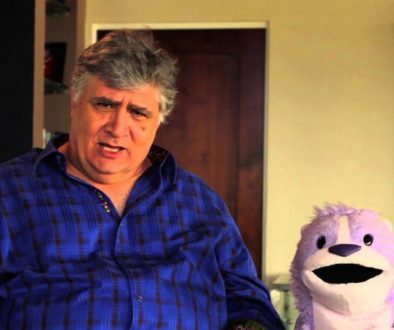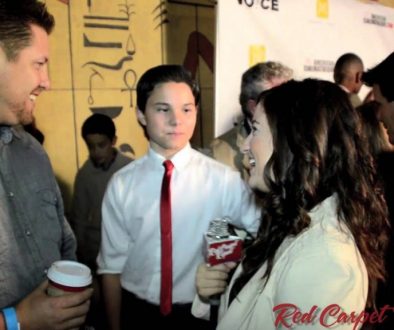For Immediate Release
Kermit the Frog Comes Home to Washington
Sam and Friends Characters Donated to the National Museum of American History
August 25, 2010
The Smithsonian’s National Museum of American History accepted 10 characters from Sam and Friends from Jane Henson, on behalf of the Jim Henson family, in a special donation ceremony.
Sam and Friends debuted on local Washington, D.C., station WRC-TV in 1955 launching what would become a global phenomenon—the Muppets. The show featured a host of unique characters, including the original Kermit the Frog, who was more of a lizard-like creature, constructed with ping pong ball eyes and green felt from a coat discarded by Jim Henson’s mother. This version of Kermit does not have his signature collar, and his feet are rounded.
“Jim Henson embodied the innovation and ingenuity that is inherent in American culture,” said Brent D. Glass, director of the museum. “Beyond the entertainment value Henson’s creations provided, his work helped educate and inform his audiences, an influence that continues today.”

Henson saw enormous potential for puppets on TV and he came up with the word Muppet in the mid-1950s. Seemingly a combination of puppet and marionette, Henson insisted that he chose the term simply because he liked the way it sounded. Central to the design of a Muppet is the construction of the face—creating a pattern with the eyes, nose and mouth called “the magic triangle”—which establishes a point of focus that helps to bring the puppet to life in the eye of a video camera and to the viewers watching at home.
“It is wonderful that Sam and Friends should find themselves back here in Washington, D.C., where they first appeared,” said Jane Henson, Henson’s wife. “And now they get to greet old friends and meet new ones at the newly renovated and exciting National Museum of American History.”
[Associated Press video]

From the early beginnings of Sam and Friends—of which only a few episodes survive—the Muppets went on to evolve and achieve worldwide popularity. The Muppet Show was introduced in 1976 and reached 235 million viewers in more than 100 countries. The series won three Emmys during its five-year run as well as spawning feature-films like The Muppet Movie, The Great Muppet Caper and The Muppets take Manhattan. Muppets is a registered trademark of The Muppets Studio LLC Ltd.
The Kermit the Frog that is already in the museum’s collection was first loaned in 1979, in celebration of Sesame Street’s 10th anniversary. In 1994, Jim Henson Productions designated Kermit as a gift, making him a permanent fixture in the museum’s performance collections.
The National Museum of American History collects, preserves and displays American heritage in the areas of social, political, cultural, scientific and military history. To learn more about the museum, check http://americanhistory.si.edu. For Smithsonian information, the public may call (202) 633-1000, (202) 633-5285 (TTY).
For more information about the life and work of Jim Henson, visit The Jim Henson Legacy website: www.jimhensonlegacy.org
CNN.com also has a feature article (with photo) from this event.


